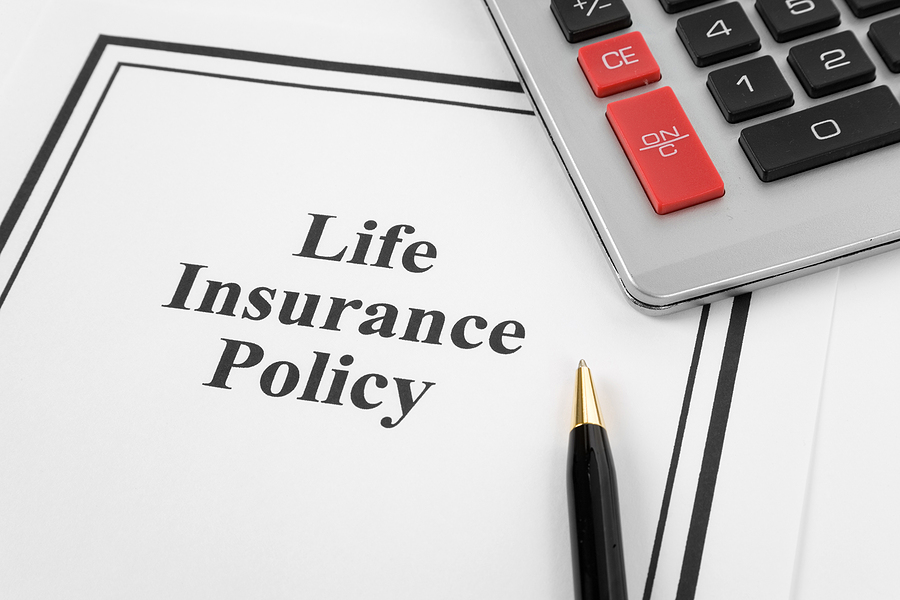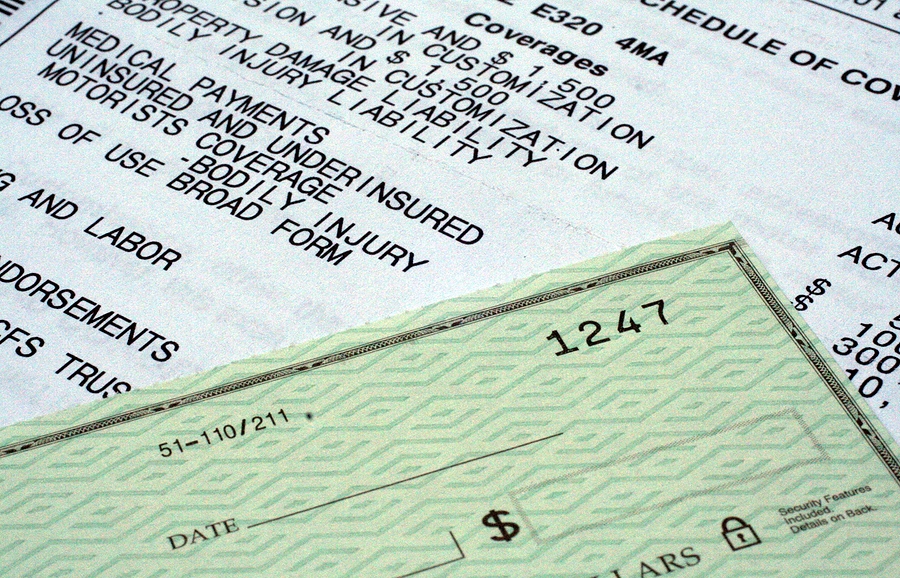Viatical settlements are designed to protect life insurance policy owners from the costs of nursing care and assisted living or in some cases, hospice care. It is also meant to keep family members from having to assume the financial burden of caring for an elderly person who is incapacitated from a terminal or chronic illness. Viatical settlements were popularized by Henry Ford and other automobile manufacturers who were selling life insurance policies to employees to cover health care costs in case of premature death.
How are viatical settlements arranged?
Table of Contents
The buyer and seller are typically kept anonymous during the arrangement process, which is known as a “wrapper.” This ensures both parties remain anonymous and cannot be held liable for the settlement amount.
Why do people sell viatical settlements?
Viatical settlements can be used as a source of wealth preservation for many people who become ill. People who can afford the lump sum can quickly put the money aside to ensure they have enough to cover their medical expenses in the event they become incapacitated. This is the primary reason people are willing to take the settlement option.
Is Viatical Settlements Cost Effective?
For those who have pre-existing medical conditions, the payout on a viatical settlement can be as little as 15% of the policy’s face value. In this case, the policy’s payout is insufficient to provide a significant source of income to cover living expenses.
How do viatical settlements work?
The buyer pays the seller a lump sum in cash or shares of the buyer’s company for the cash value of the policy. Typically, the seller agrees to surrender any remaining premiums in the future, as well as give up any personal financial assets. The buyer can retain the cash value of the policy. A viatical settlement can take several forms: Payment of full policy premiums over time and surrender of the policy’s death benefit. The buyer pays the seller a predetermined lump sum for the policy’s death benefit, and agrees to surrender any future premium payments. The buyer maintains control over the policy’s death benefit as well as the amount paid in future premium payments.
Who buys viatical settlements?
The buyer of a viatical settlement is the person who will gain the greatest if the policy is passed to them. In many cases, this is a wealthy or an otherwise healthy person who realizes they may not make it much longer. They can then make peace with the fact that they will never get to use the policy’s money or pass it along to their child or family members. The buyer of a viatical settlement may have no cash or other assets. The person that sells the policy may be a family member who wishes to do something nice for a terminally ill relative. Or it may be an individual who will be able to pay the policy’s premium in full and gain all of the policy’s remaining funds upon death.
Conclusion
Viatical settlements can be a great option if you are terminally ill or chronically ill. It is also worth noting that a viatical settlement is subject to very specific rules, so it is important to find a viatical settlement professional who understands your specific case and can navigate the process.
Image Source: BigStockPhoto.com (Licensed)
Related Categories: Money, Health, Reviews








